Minority Report Crime Prediction Becoming Dangerously Real
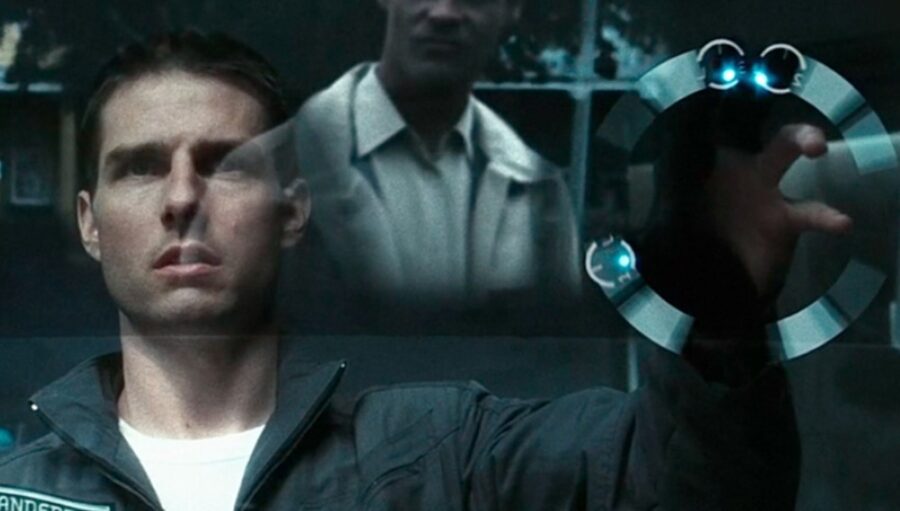
Minority Report is a 2002 Tom Cruise sci-fi adventure that takes place in the year 2054 when crimes are solved before they’re committed, thanks to psychics called PreCogs. Well, we may not be living in the year 2054 yet, but modern technology is advancing us into our own version of a sci-fi-like future that looks very much like the events in Cruise’s blockbuster. Thanks to updated technology, police can now use DNA to generate AI photographs of possible criminals and then cross reference those photographs with face recognition software.
Minority Report Uses DNA Technology
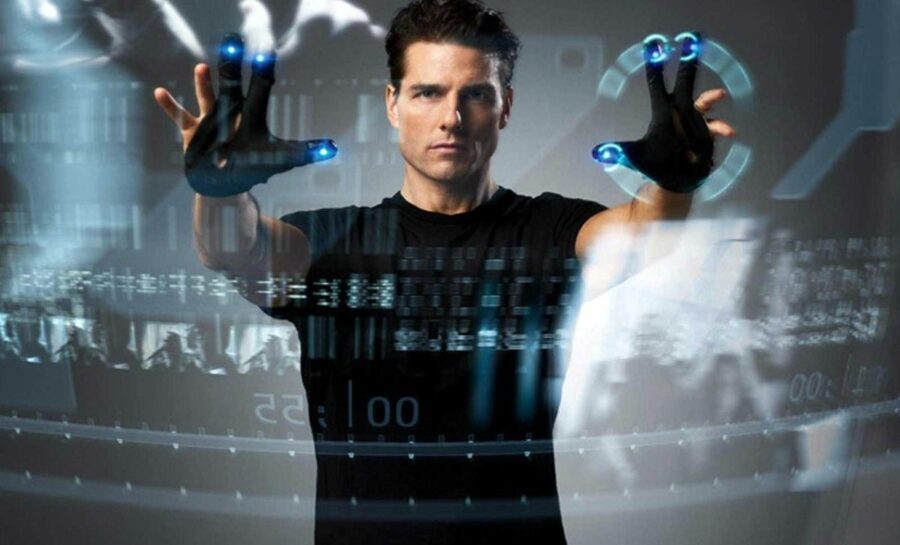
In a move to solve a decades-old cold case, the East Bay Regional Park District Police Department employed advanced DNA technology to generate a 3D model of a suspect’s face in an attempt to crack the murder case of Maria Jane Weidhofer. However, the controversial decision to run this DNA-generated face through facial recognition software has ignited a fierce debate over privacy, ethics, and the potential misuse of emerging technologies. Like in Cruise’s Minority Report, people are worried they could be framed for crimes they didn’t commit.
Criminals Accused Before They Commit A Crime

In Minority Report, Cruise plays a cop who works for the PreCrime police, following the orders of the PreCogs to stop criminals before the acts are committed. Thanks to balances left unchecked, Cruise’s character finds himself being framed for a future murder. The DNA technology isn’t exactly the same as the PreCogs in the movie, but it’s dangerously close, and many are worried it could lead to innocent people being charged for crimes they didn’t commit.
Real-Life Minority Report
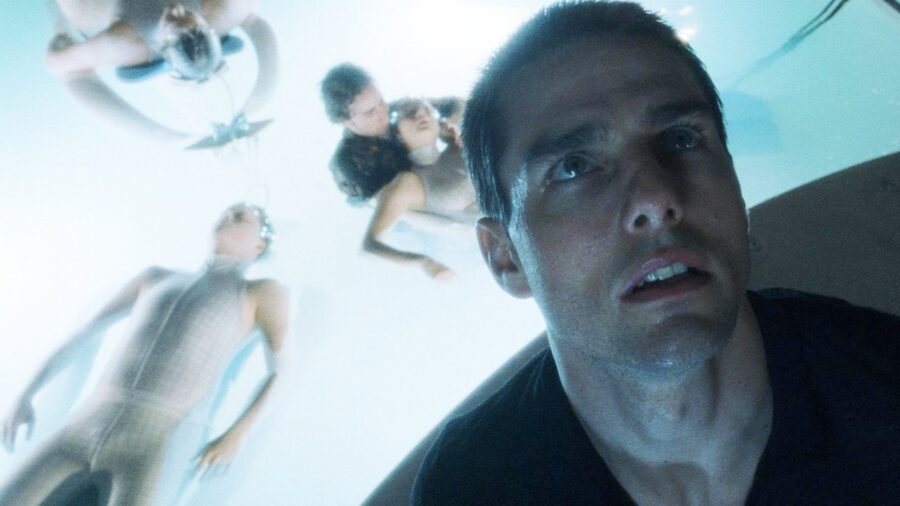
The real-life version of Minority Report began in 2017 when detectives, working tirelessly to solve the 1990 murder and sexual assault of Maria Jane Weidhofer at Berkeley’s Tilden Regional Park, turned to Parabon NanoLabs. The forensic genetics company claimed the ability to transform DNA into a predictive face using proprietary machine-learning models.
The Technology Is Already In Use
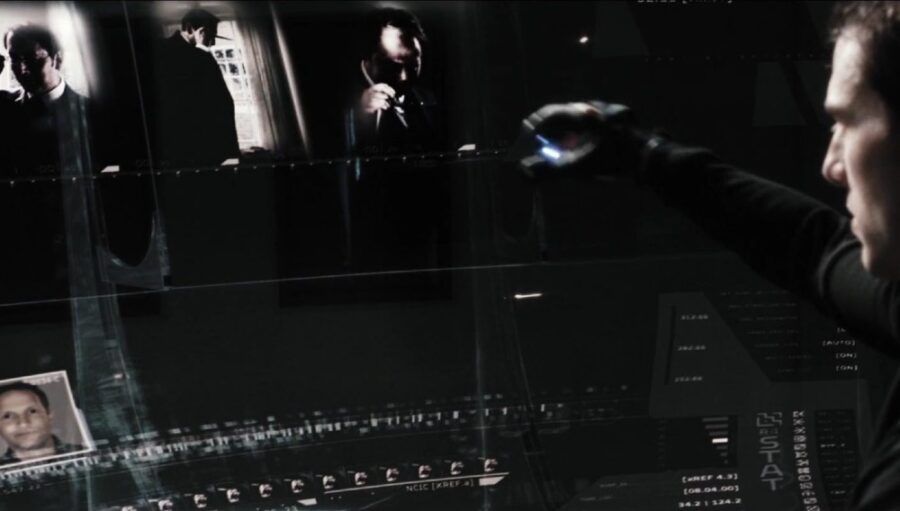
The result, called a Snapshot Phenotype Report, was a 3D rendering that combined genetic attributes found in the crime scene DNA with artistic enhancements based on witness descriptions. Much like the PreCogs in Minority Report, the machine came up with the face of the supposed perpetrator, depicting a male with fair skin, brown eyes and hair, no freckles, and bushy eyebrows. The department took the controversial step of publishing the predicted face in an attempt to gather tips from the public.
However, a recent revelation from hacked police records shows that in 2020, an East Bay detective sought to go even further. In a request for analytical support, the detective asked to run the DNA-generated rendering through facial recognition technology, marking the first known instance of a police department attempting such a procedure.
Critics Worry Innocent Victims Will Be Accused
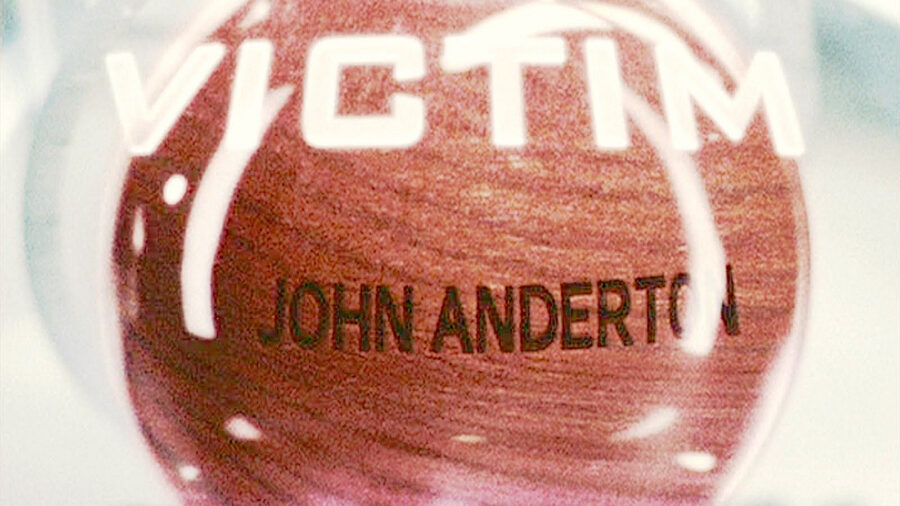
Critics, including privacy advocates and facial recognition experts, argue that this move is not only dystopian, like in the movie Minority Report, but also poses significant risks. Jennifer Lynch, General Counsel at the Electronic Frontier Foundation, calls it “junk science” and warns that using facial recognition on algorithmically generated faces is more likely to result in misidentification than providing useful leads.
Minority Report Was A Dystopia
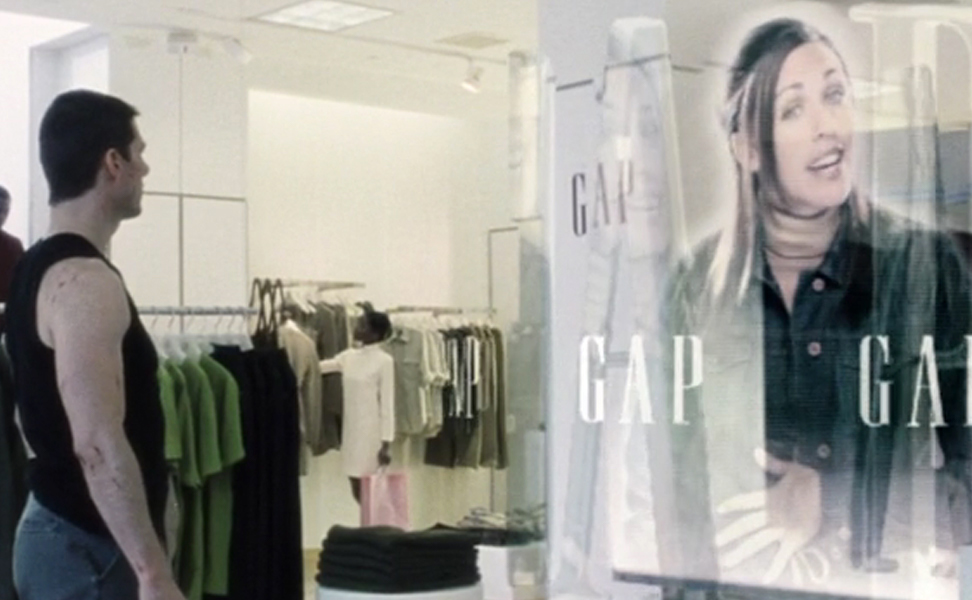
The outcome of the detective’s dystopian Minority Report request remains unknown as the Northern California Regional Intelligence Center has not commented on the matter. Captain Terrence Cotcher of the East Bay Regional Park District PD refrained from commenting, citing an active homicide investigation.
Source: Wired












